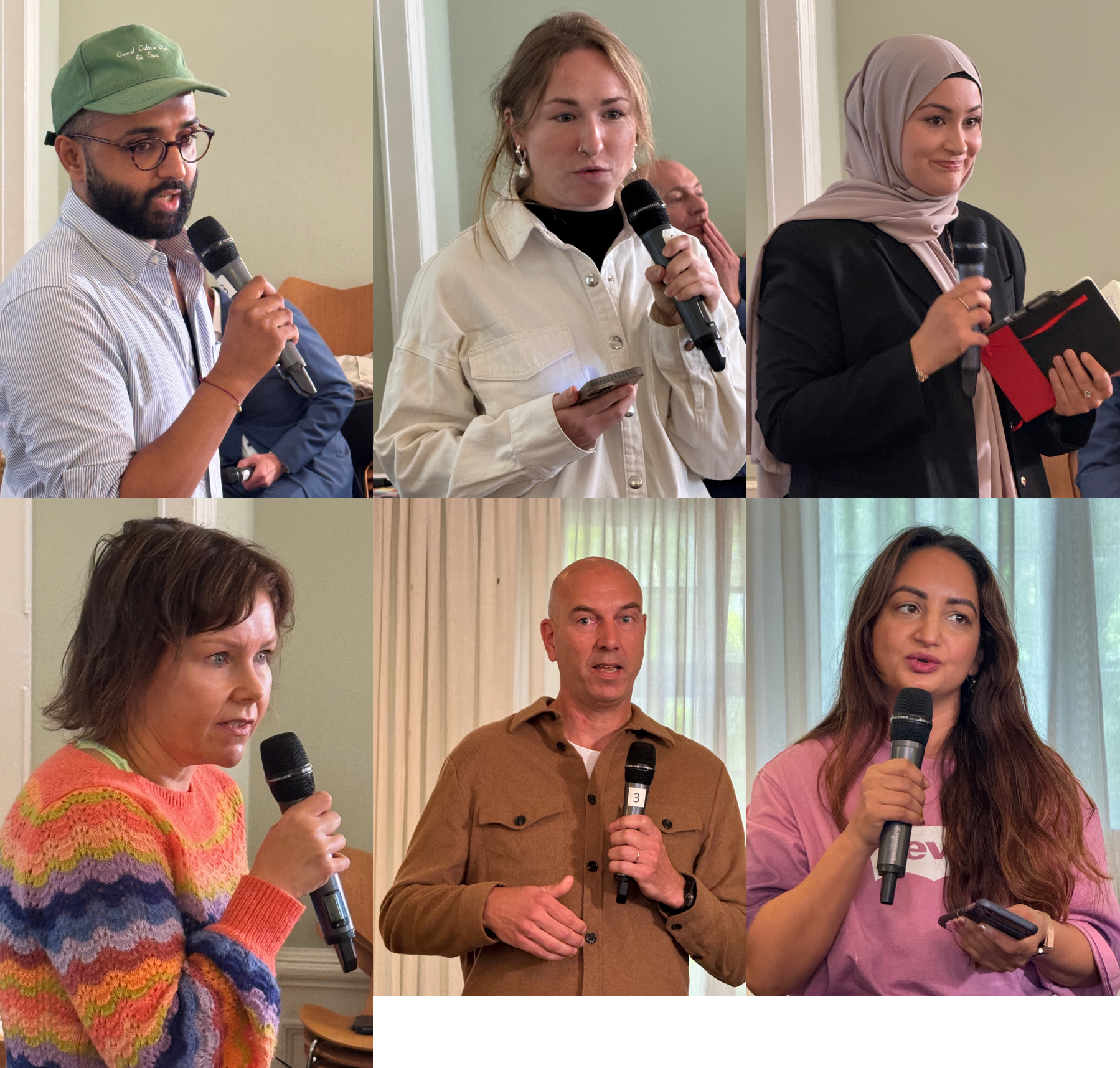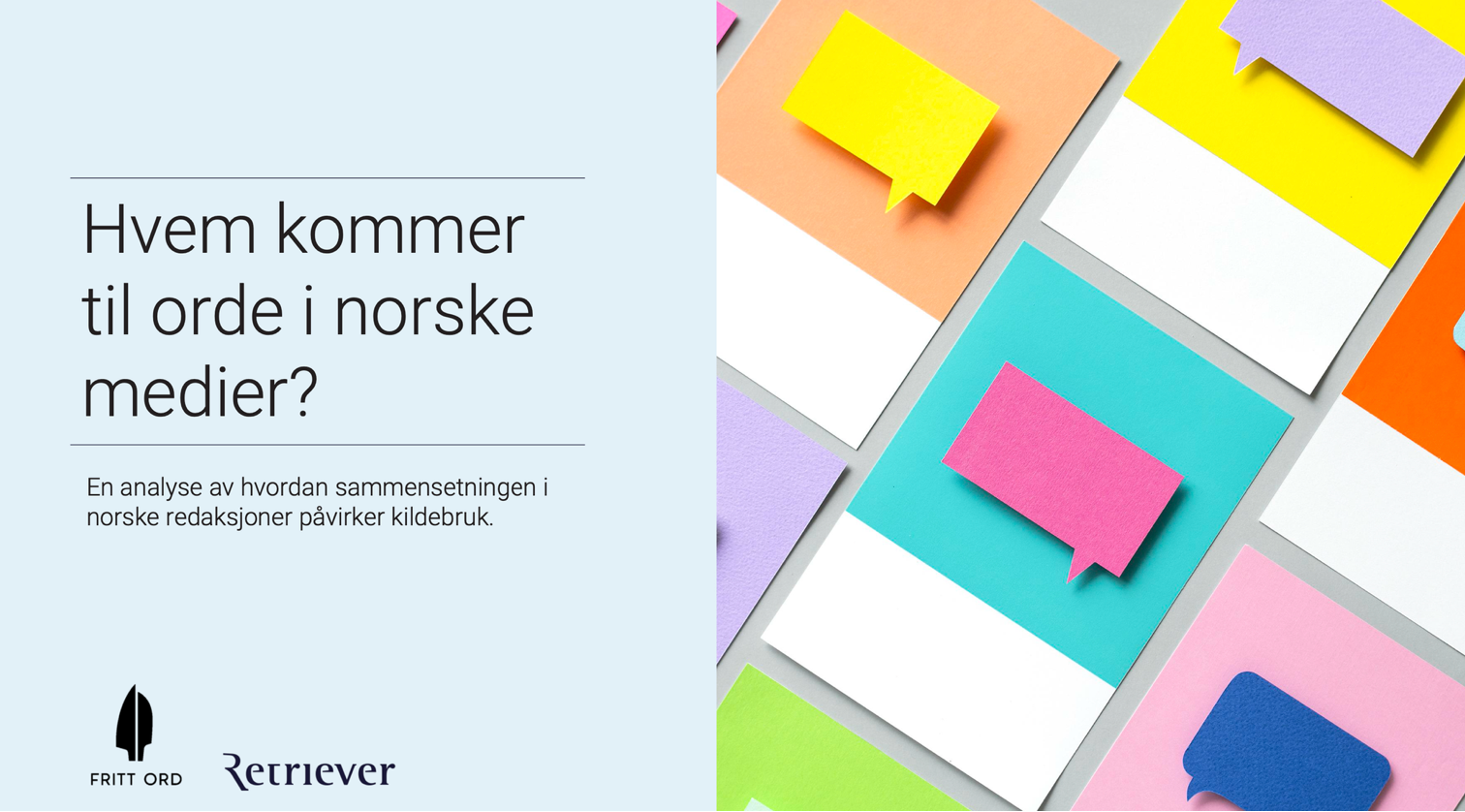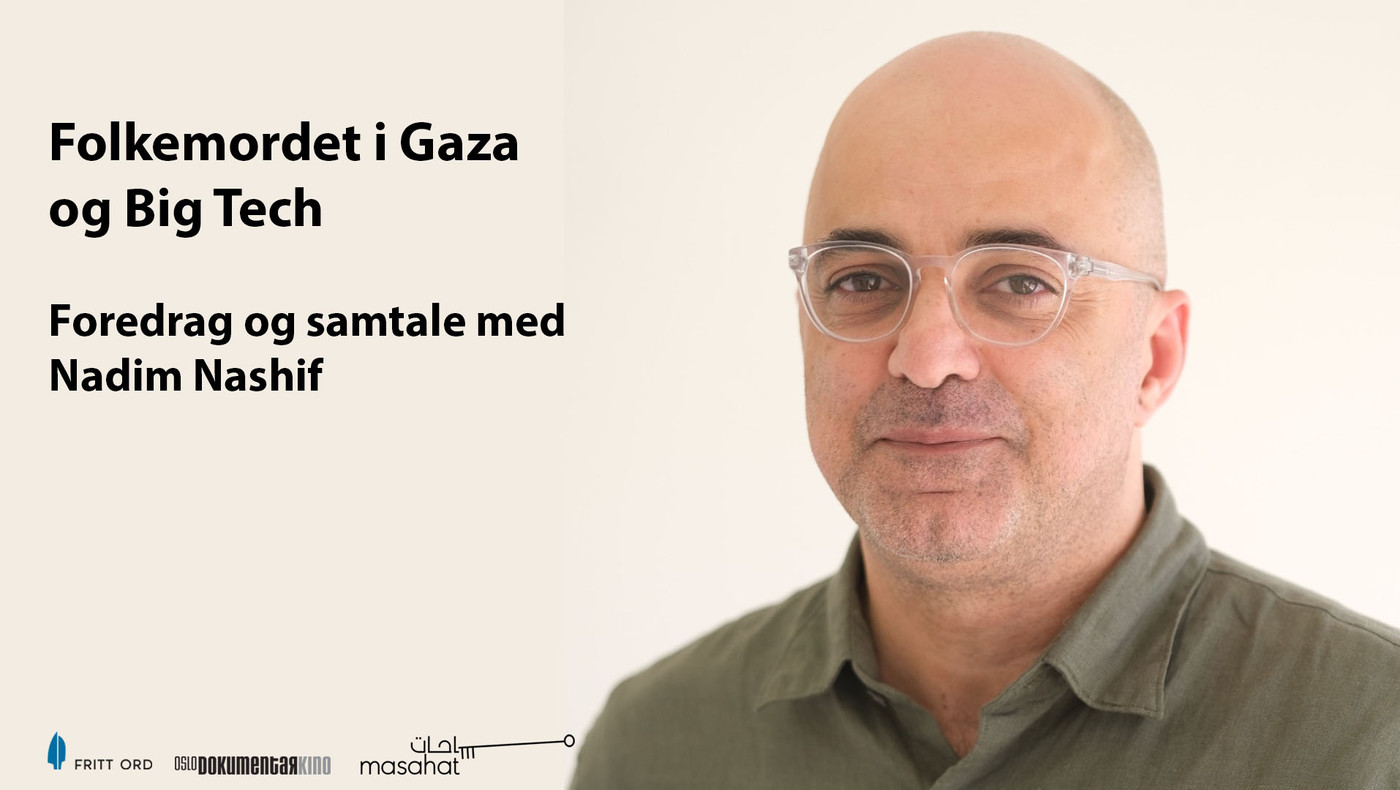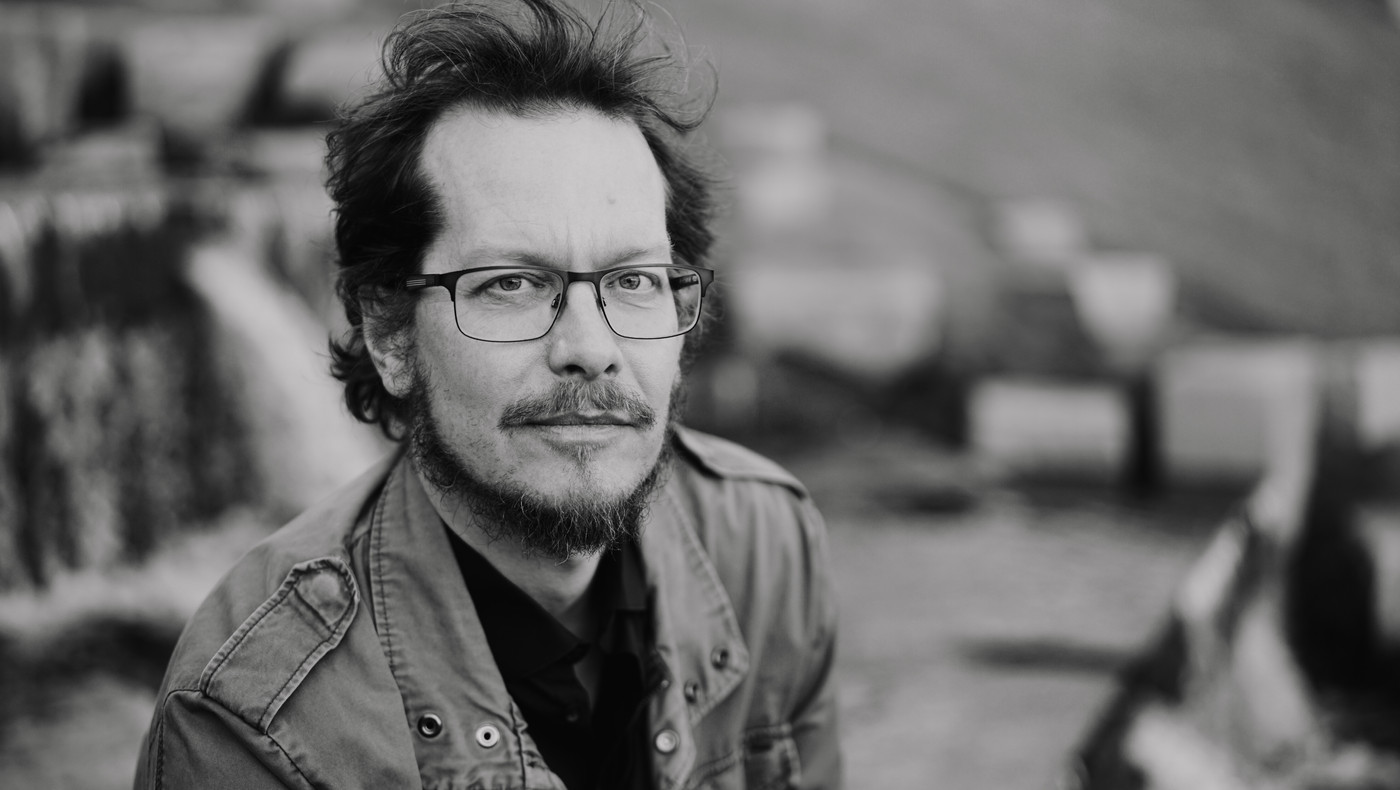Greater diversity among journalists results in greater diversity among sources
A recently published report reveals biases in who is allowed to participate in the public debate. According to a new report from Retriever commissioned by the Fritt Ord Foundation, men who have Nordic names dominate both as sources and journalists in Norwegian media. Women, younger people and people with foreign names are less likely to be included. This is true both as interviewees and as authors of articles. That being said, greater diversity among journalists results in greater diversity among sources.
“This marks the first time anyone has mapped how the composition of editorial staff affects who is featured in the media. The findings provide valuable insight into who has the power to influence the public debate,” says Guro Lindebjerg, country manager for Norway at Retriever.
“Creating media that people identify with regardless of social, cultural and economic background has been among the most demanding challenges for several decades. It also characterises today’s vigorous media criticism.
“The results of Retriever’s report show that there is still a great deal of work remaining to be done,” remarks Knut Olav Åmås, executive director of the Fritt Ord Foundation.
The analysis, which was launched on 3 September, is based on a random selection of 45 000 news items published in 2024. After sorting out brief notices, NTB reports and re-publications, and limiting the selection to self-produced material from national, regional and the largest local media, approximately 8 000 unique articles form the basis for the report. Retriever has mapped the gender, age and name origin of sources, commenters and the authors of the articles, as well as the ages of a selection of journalists.
“This helps us to see how a journalist’s background correlates with his/her use of sources, and whether there are patterns involved in who gets to be heard. This insight is an important tool for promoting more inclusive, fair and representative public discourse,” comments Data Analyst Malene Augestad.

Older men dominate the news
Six of ten sources cited in Norwegian news articles are male. They often speak from positions of authority, that is, as leaders or decision-makers. Women appear less frequently, and then more often as private individuals or from their professions as care-givers.
“Men and women contribute in different ways; men often act as experts, while women often describe their experiences,” adds Lindebjerg.
Men are also in the majority among journalists. Slightly more than half of all news articles are written by male journalists, while women account for one-third. The remaining articles are co-authored by female and male journalists. The majority of journalists are aged 30-39. It is only among journalists in their 20s where women are in the majority.
“The imbalance is greatest in their 50s and 60s, when about seven of ten journalists are men,” observes Ragnhild-Marie Reistad Nerheim, senior advisor at Retriever.

When it comes to commenters, the gender bias is even more pronounced: Three of four comments are written by men. Among those in their 60s, almost all commenters are men, and it’s only in the 30-39 age group that there are as many women as men. Male commenters most often write about politics, while women mostly write about social issues.
Nordic names dominate
The report shows that nine of ten commenters in Norwegian media have Nordic names. People with foreign names are rare, both as sources and as journalists.
“What we do see, however, is that the greater the diversity among journalists, the greater the diversity among sources.”
“Younger journalists more likely to use younger sources, women include more women, and journalists with foreign names more often interview sources with foreign names,” continues Nerheim.

Casting doubt about whether society is reflected
The findings point to clear imbalances in who is allowed to be heard in the public debate. The majority of speakers whose voices are heard are in the 50-59 age group, and the fewest speakers to be heard are found in the youngest and the oldest age groups. Senior executives and politicians also dominate the news, and these groups alone account for more than one-third of all of the statements that have been mapped.
“When older men and Nordic names dominate both as sources and commenters, there is a question of how accurately the media actually reflects society,” according to Lindebjerg.




